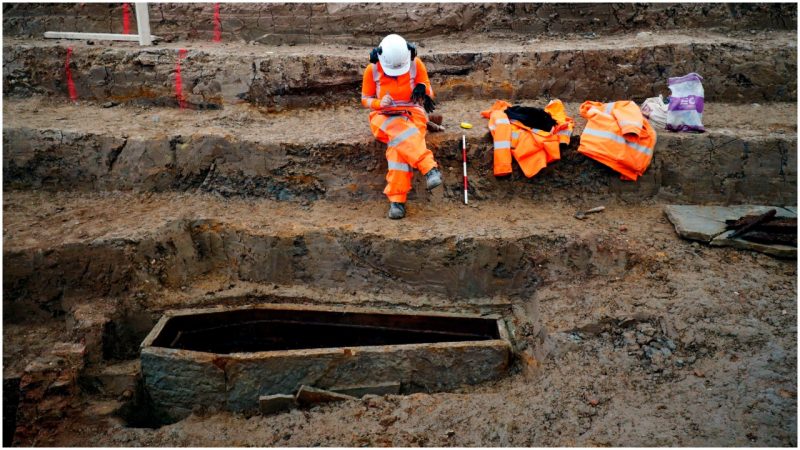Matthew Flinders was a celebrated explorer who literally put Australia on the map in the early 19th century. But after his death, it was Flinders’ turn to become lost.
A British Royal Navy captain, he led the first expedition that sailed around the entire coast of Australia and wrote the book A Voyage to Terra Australis, an account of his journey that included his important maps. He died in 1814, right after the book was published.
In January 2019, more than 200 years later, the news was released that his long-lost grave has been found under London’s Euston station, according to the company developing a major railway project in the area.
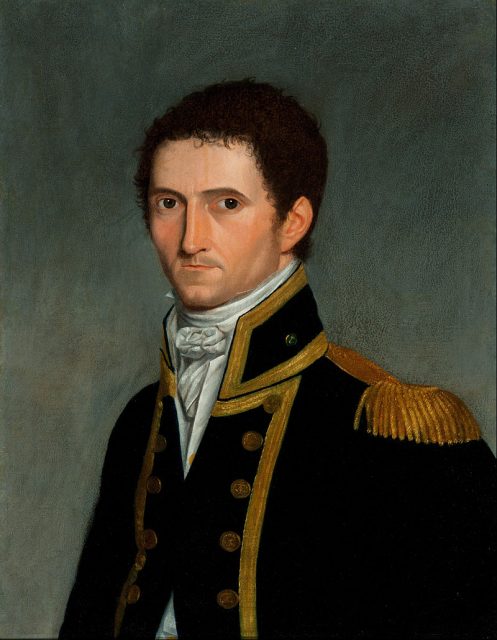
Archaeologists made the discovery while they were exhuming over 40,000 graves in St. James’s Cemetery behind the train station, in preparation for the construction of a $70 billion HS2 high-speed rail line.
Flinders passed away at just 40 years of age on July 19, 1814. “But when his sister-in-law came to visit his grave in 1852 at St. James Burial Ground, there was a problem: She couldn’t find it,” according to The Washington Post. “The headstone was missing.”
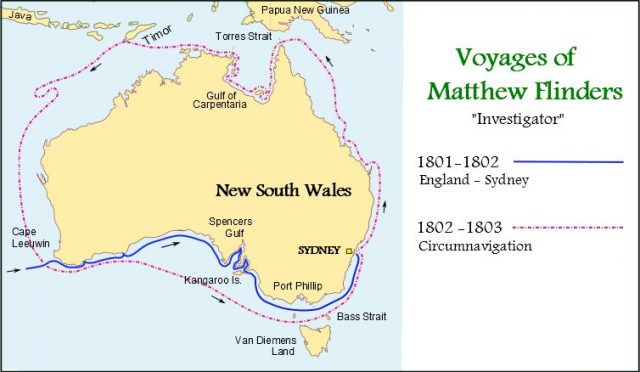
Due to some renovations, the church lost track of some of the graves. And then a train station, Euston Station, expanded into the graveyard, “making it virtually impossible for descendants, or anyone, to find the man who gave Australia its name.”
About a month ago, archaeologists were able to identify his remains by the lead plate attached to the top of his coffin. The archaeology project is a central part of HS2’s ground preparation works for Phase One of the train plan, which will link London to Birmingham.
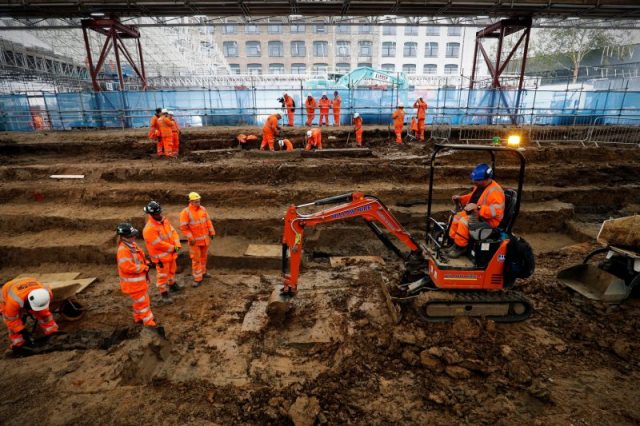
“How we build HS2 is as important to us as what we are building,” said the company in a press release. “That’s why we are committed to sharing as much of our cultural heritage as possible. The discovery of one of Britain’s most significant explorers helps us tell the story of our past as we prepare to help build its future.”
HS2 claims that this project calls for the largest archaeological exploration ever in Britain, employing a number of skilled archaeologists and heritage specialists from all across the country and beyond.
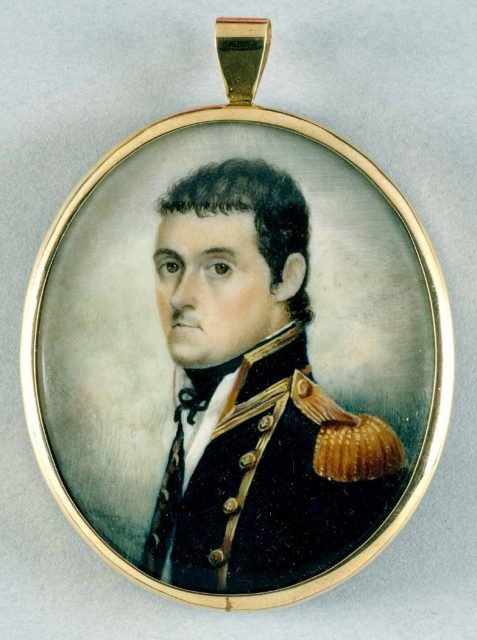
Flinders, a cartographer by trade, completed his two-year journey around Australia on the HMS Investigator in 1803. The Washington Post writes: “Joining him were Flinders’s cat, Trim, and an Aboriginal man named Bungaree, also the first man to be called an Australian, according to the Australian Dictionary of Biography.”
Though Flinders was from Britain, he is more famous in Australia, where a mountain range, a town in Victoria, and a train station in Melbourne were named after him.
Historians knew roughly where Flinders had to be buried, but couldn’t confirm the grave. In 2014, a statue of Flinders was raised in Euston Station to commemorate the 200th anniversary of his death.
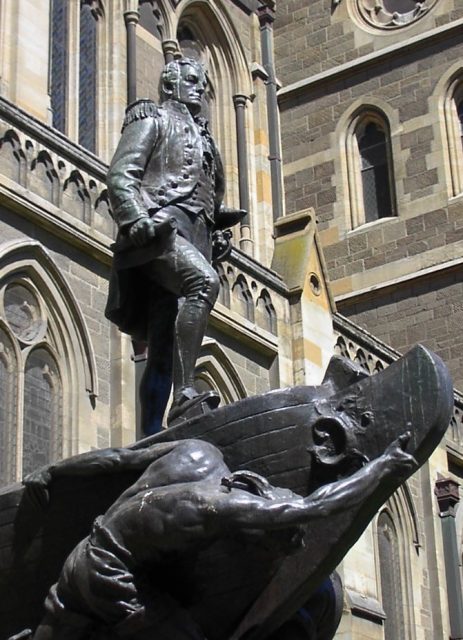
According to the statement from HS2, there was an urban legend that Flinders was buried directly underneath Platform 15 at the train station. That turned out to be close, but not the precise location.
Helen Wass, the HS2 project’s head of heritage, said that they did not expect to find Flinders, since he was believed to be among thousands feared to have been lost. She said they got lucky his breastplate was still legible because it was made of lead instead of tin, making it less vulnerable to corrosion.
Flinders’ health suffered after he was imprisoned by France — the two countries were at war and he had raised French suspicions after entering their territory. He was jailed for six years, during which time he began writing his famous book.
He was freed in 1810, but died four years later.
Nancy Bilyeau, a former staff editor at Entertainment Weekly, Rolling Stone, and InStyle, has written a trilogy of historical thrillers for Touchstone Books. Her new book, The Blue, is a spy story set in the 18th-century porcelain world. For more information, go to www.nancybilyeau.com
